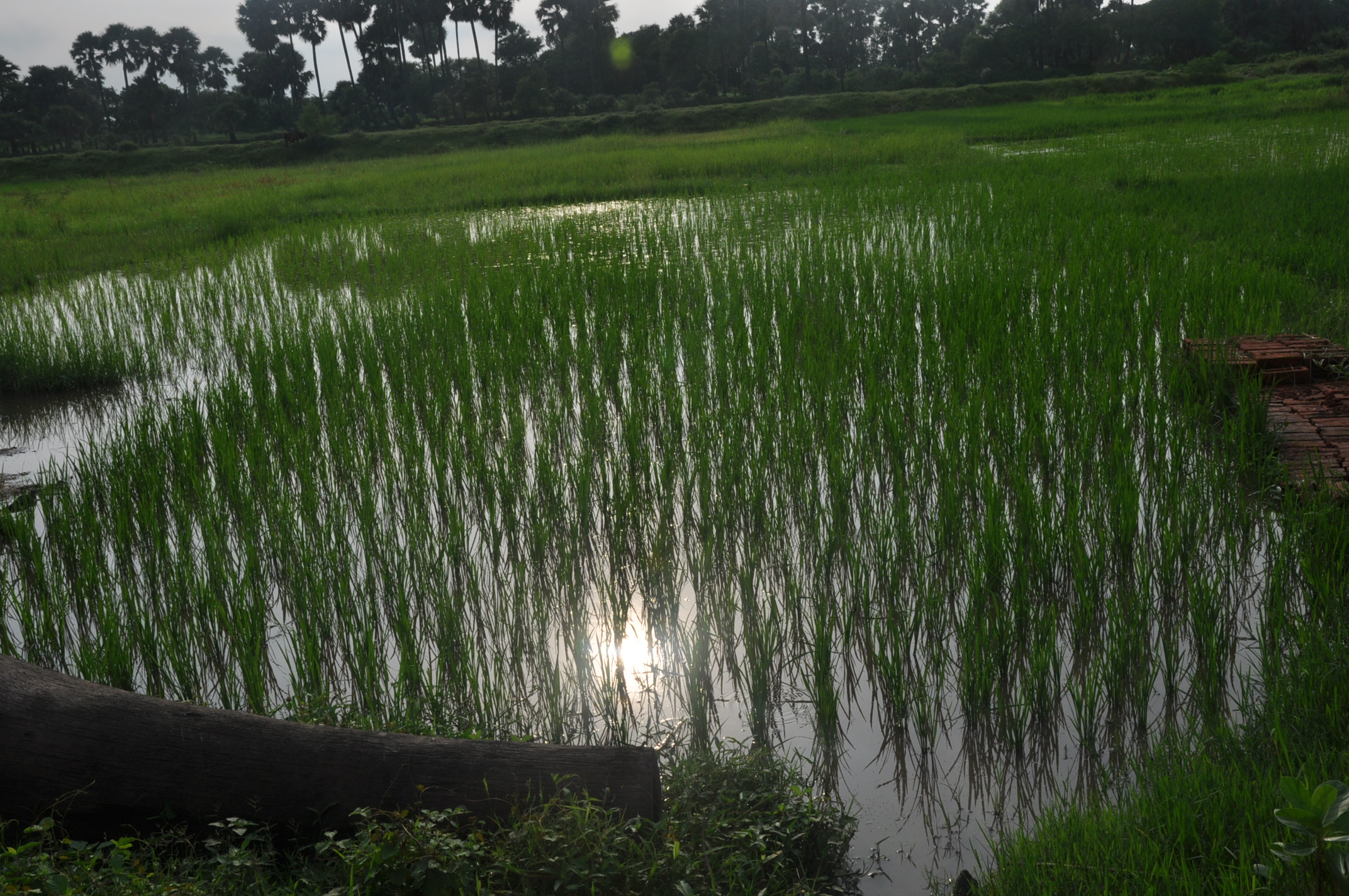By Archana Kulkarni, Program Manager – Training, Digital Green
I can finally *show* my farmers what Azolla looks like! Augustino, a lead farmer in Tanzania
As clouds move on mountains, light and shade take turns on paddy and maize contours – a typical visual of the Tanzanian countryside. Agriculture accounts as a key driver of economy in the East African region.
Faida Market Link in collaboration with Farm Radio International has implemented Integrated Soil Fertility Management (ISFM) project funded by AGRA. In ISFM, lead farmers/extension workers demonstrate and extend best ISFM practices to small farmers through radio campaigns, ICT enhanced radio programs and link farmers to input and output markets.
Despite the best of radio-led interventions, influencing passive listeners is still a major challenge. In this context, FML collaborated with Digital Green to document and disseminate best practices in the form of videos to farmers to enhance their learning. As part of this initiative, the Digital Green team travelled to Tanzania for building the capacity of lead farmers and extension staff in video production and dissemination.

With huge cultural variation and unknown language, training was a major challenge for the trainers. A heterogeneous set of participants with lead farmers, extension staff and staff from associated organizations comes with different set of extension challenges.Some said Mobilizing a farmer to attend a meeting itself is a huge challenge. And others felt Extension is a time consuming activity requiring lots of energy. While someone with little experience in ICT, said Power is a huge crisis. While one is more worried about learning processes and acceptance levels of farmer, another set of young participants looking for more creative things to make learning more interesting. One of the participants had an exceptional thought to share, which summed up the experience of all extension agents, every day in extension has a new challenge.
These thoughts can be considered as opinions, views, and more significantly, as their expectations from the training program. Wanting to satisfy the trainees’ expectations, we gave more emphasis on aspects like group mobilization and the Pico projector as a carrier of new technology. The training module has been customized accordingly to satisfy the needs of stakeholders. Heterogeneity in the group turned out to be a boon in disguise, helping generate cross learning within participants. Group activities, brain storming, discussions and debates took centre stage, aiding the group in enhancing their learning on this new extension approach. The participants started relating their classrooms situations to the field and trying to figure out ways to address the ‘real world’ issues.
What I found most fascinating was sensing the urge within this group to learn new technology. In Igruhsi, a district in Mbeya region of Tanzania, where farmers have hardly seen any audio visuals, having access to information in the form of timely videos without need of continuous power supply is a creative and yet practical realtime solution for the extension staff. Participants with exposure to ICT appreciated the soft skills of facilitation and participants with very little exposure to technologies stated that the Pico projector is a life saver – now I can ‘show’ my farmers what Azolla looks like.
 Some of the participants were excited just to “see a motion picture on the wall. Others appreciating the importance of the medium of film, say that farmer can easily adopt new technologies with this intervention. Some couldn’t resist saying Digital Green’s learning methodology is creative and thought provoking”, to our delight.
Some of the participants were excited just to “see a motion picture on the wall. Others appreciating the importance of the medium of film, say that farmer can easily adopt new technologies with this intervention. Some couldn’t resist saying Digital Green’s learning methodology is creative and thought provoking”, to our delight.
I realize through my training experiences that language is never a barrier for a learner if there are efficient learning systems. In this highly technological era, using technology in the right context is critical. More than just a technology, participants see this as an approach to educate farmers. For extension staff, it is a privilege to own the equipment as an extension tool to ensure better learning processes.
I returned from Tanzania, buoyed with the expectations driven by possible solutions and enriched by the experience of mutual learning.
